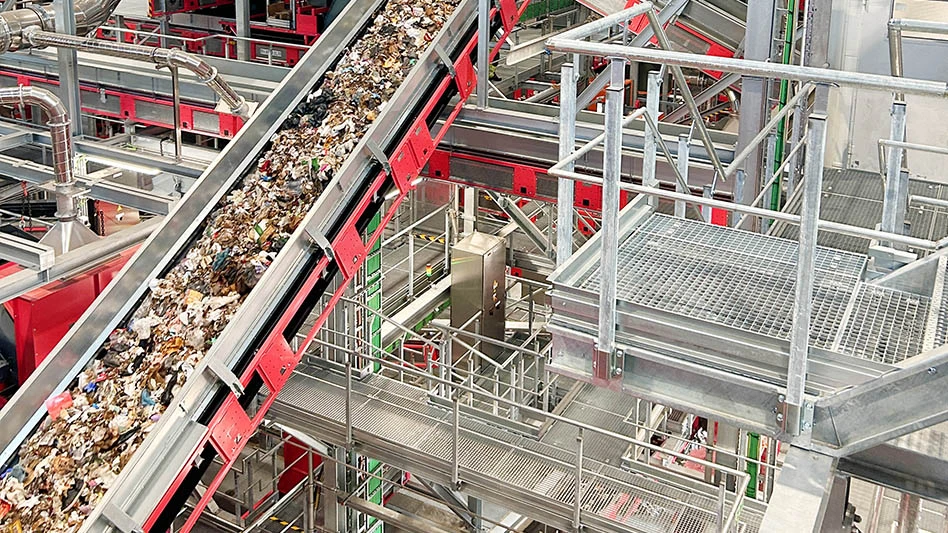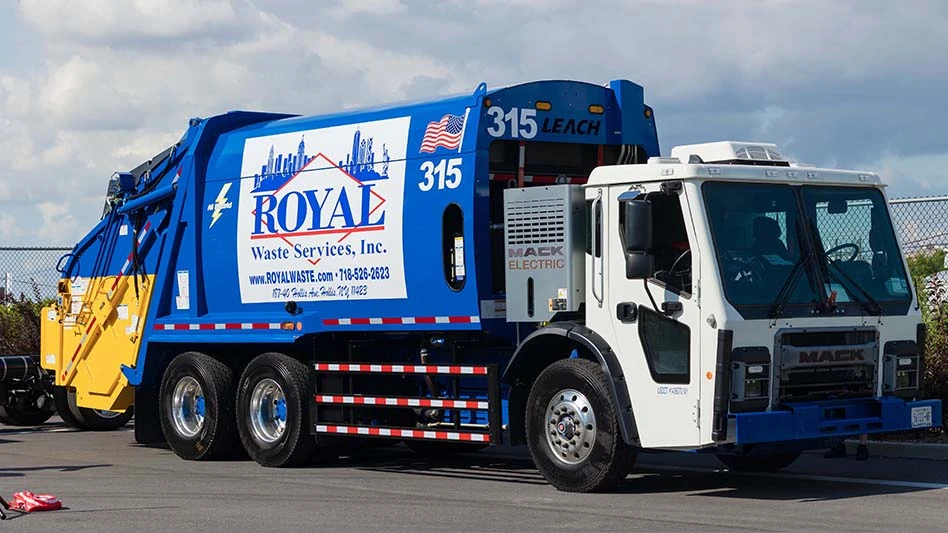
© Yellowhousephoto - Dreamstime.com
Several industry associations have partnered to study the causes and frequency of material recovery facility (MRF) fires in the U.S., including the Institute of Scrap Recycling Industries (ISRI), Washington; the Environmental Research & Education Foundation (EREF), Raleigh, North Carolina; National Waste & Recycling Association (NWRA), Arlington, Virginia; and the Solid Waste Association of North America (SWANA), Silver Spring, Maryland.
According to a news release from ISRI, the objective of the study is to compile information that summarizes the following information about fires at MRFs and scrap recycling facilities and in collection vehicles:
• frequency of MRF and scrap recycling fires annually;
• frequency of collection vehicle fires;
• suspected causes of these fires;
• strategies and technologies used to fight these fires;
• damage caused by these fires (e.g., property, personnel injuries or death and lost operating revenue);
• preventive measures taken to minimize the potential for fires; and
• likelihood that lithium-ion batteries disposed of at MRFs or scrap yards caused a fire.
“The recycling industry is taking a proactive approach to addressing the growing concern of fires at scrap facilities,” says Robin Wiener, president of ISRI. “While this includes the implementation of new technologies, workforce safety initiatives and public outreach on proper recycling, identifying the causes of fires is the first step to finding a solution to prevent them. The survey will help identify the root causes which we can then use to better direct resources to prevent future fires.”
Key industry organizations have rallied around the issue, with the project stakeholders representing a significant portion of the scrap and recycling industry. “These fires present a major risk to worker safety. For years, NWRA has fought to improve worker safety in the waste industry,” says Darrell Smith, president and CEO of the NWRA. “This study will better inform our efforts.”
“The information gleaned from this study has the potential to save facility owners money, reduce material loss and, more importantly, increase worker safety,” adds David Biderman, executive director and CEO of SWANA. “We’re excited about the impact this research can have on the industry.”
A critical component of the study is a survey of recycling and scrap facilities, which recently went live. “Such information is critical and benefits the entire industry, as fires serve to further financial pressure on an already strained industry,” says Bryan Staley, president and CEO of EREF.
MRF, scrap yard and collection vehicle owners and operators are encouraged to participate in the study. Click here to participate in the survey.
Latest from Waste Today
- FZUK announces new commercial director
- Small-scale WTE partnerships
- Northwest Natural Renewables proposes Ohio landfill project
- US Senate backs reduced cuts to EPA
- Waste Connections announces Q2 results
- Returnity and Cosmoprof to address reusable bag waste
- SWANA releases report on aging WTE facilities
- New economic assessment reveals cost benefits of California’s SB 54





